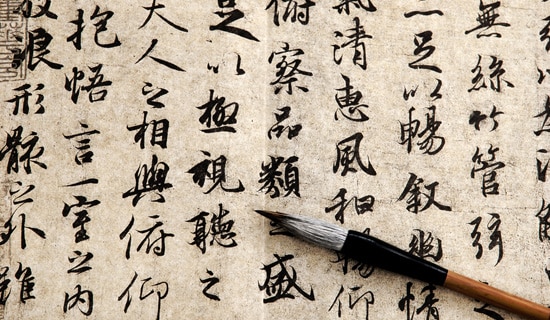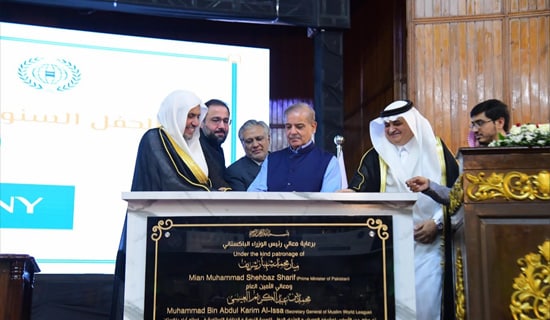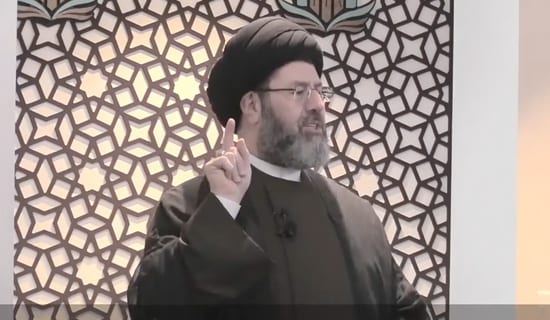Introduction
All JCPOA supporters rely on the claim that "the agreement is working" and on the eight confirmations granted by the International Atomic Energy Agency (IAEA) to Iran that it is in compliance with the agreement .
Reality, however, invalidates this claim, on four levels:
a. Violations of the agreement in letter, not just "in spirit," in issues that are critical, not marginal.
b. Developments on the ground that contradict the aim of the agreement.
c. The lack of real inspection, making the IAEA's confirmation misleading.
d. The IAEA's role in this deliberate misrepresentation that real inspection is carried out and that Iran is abiding by the agreement.
This paper will present evidence that the agreement is not working.
A. Violations Of The JCPOA
1. Section T – Iran is refusing to allow IAEA inspectors to monitor activities under Section T of the agreement, which prohibits Iran from carrying out "activities which could contribute to the development of a nuclear explosive device."
Section T of the JCPOA prohibits Iran from "designing, developing, fabricating, acquiring, or using multi-point explosive detonation systems suitable for a nuclear explosive device" and also from "designing, developing, fabricating, acquiring, or using explosive diagnostic systems (streak cameras, framing cameras and flash x-ray cameras)" – unless these activities are "approved by the Joint Commission for non-nuclear purposes" and "subject to monitoring."
Hence, in the most critical area of the nuclear agreement – developing options for detonating a nuclear explosive device – Iran is refusing to allow monitoring of its activity, as the agreement requires.
SUPPORT OUR WORK

2. Building advanced centrifuges – Iran is building (IR-8) and operating (IR-6) larger numbers of advanced centrifuges than is allowed by the agreement.[1]
3. Heavy Water – Iran's actual heavy water quota exceeds the quantity permitted it by the agreement, since according to standard IAEA verification practices, changes in heavy water inventory are registered not when the heavy water is removed from the territory of the country exporting it, but only when it arrives at the destination country that purchased it. For Iran, however, the calculation of the quantity of heavy water that it is allowed to possess does not include the quantity that is being stored for it in Oman and not being sold – while at the same time Iran is continuing to produce more heavy water.
4. The core of the plutonium reactor at Arak – According to Ali Akbar Salehi, head of the Atomic Energy Organization Of Iran (AEOI) and a member of Iran's nuclear negotiating team, Iran never dismantled the core of the plutonium reactor at Arak, but left it intact, saying that Iran needed it for research purposes. He also said that only the external pipelines of the reactor had been filled with cement, and that it would not take very long for Iran to reactivate it.[2] According to the Institute for Science and International Security (IISS), Iran has also tried to make changes to the fuel design for the modified Arak reactor, that differ from what the JCPOA requires.
5. Production of uranium enriched to 5% – Iran is continuing to produce uranium enriched to 5% beyond the quantity permitted it. Two such violations have been recorded by the IAEA. Iran has exported the surplus for storage in Oman, in a procedure that does not exist in the agreement and is not allowed.
B. Developments On The Ground That Contradict The Aim Of The JCPOA
1. The 8.5 tons of enriched uranium shipped out from Iran according to the JCPOA are not being monitored by the IAEA, and in fact the shipment disappeared in Russia, as attested to by the Obama administration's State Department lead coordinator on Iran, Stephen Mull, at a House Foreign Affairs Committee hearing in February 2016. (Theoretically, however, since the uranium's location is not known, the possibility that Russia, Iran's ally, has returned it to Iran should not be discounted.)
2. Oman, a political satellite of Iran that has no capability for confronting Iran, has become the warehouse for Iran's surplus heavy water and enriched uranium. The storage of this material in Oman is nothing more than a fiction aimed at covering up the fact that Iran is exceeding the amount of uranium and heavy water allowed it in the JCPOA.
C. Lack Of Real Inspection, Making IAEA Confirmation Misleading
The IAEA cannot conduct real inspections in Iran, and therefore its confirmation that Iran is complying with the JCPOA is misleading, for the following reasons:
1. The inspection that the IAEA is permitted to conduct, and through which Iran receives confirmation that it is meeting the terms of the agreement, is carried out solely in the limited areas where Iran allows inspection – that is, the sites that it itself has declared to be nuclear sites. No other site in Iran, including military sites, are included. Furthermore, with regard to the military sites, Iranian officials have stressed that the IAEA will never be allowed to enter them.
2. The agreement has created a unique inspection framework for Iran that is less stringent than that for the other Nuclear Non-Proliferation Treaty (NPT) member countries. For example, Iran has been allowed to accept the Additional Protocol voluntarily – that is, it was not mandatory as it was for the others – meaning that it can drop out of the Additional Protocol at any time (for instance, when it is required to allow inspection of military sites) without being considered in violation of the JCPOA. That is, Iran can prevent inspection of its military sites, both under the JCPOA and because it is not bound by the Additional Protocol.
3. The agreement has created a supreme political forum – the Joint Committee of the JCPOA – in order to bypass the IAEA and its decisions. The Joint Committee is authorized to overrule the IAEA's statutory professional authority.
D. The IAEA's Role In The Misrepresentation Of Iran's Compliance And Of The Inspection Process
1. The IAEA does not declare Iran's rejection of inspections, according to Section T, a violation of the JCPOA, but rather calls for handing the issue over for discussion to the political body – the Joint Committee.
2. The IAEA carried out a scandalous inspection at the Parchin military site, that was aimed at closing Iran's Possible Military Dimensions (PMD) file in accordance with a predetermined political decision. IAEA inspectors did not themselves visit Parchin, and the samples from these sites were taken by the Iranians themselves and handed over to the IAEA inspectors without any way of ascertaining that the samples taken were the ones handed over to the IAEA. Furthermore, IAEA director-general Yukiya Amano was allowed entrance to Parchin for only a few minutes, and he was not permitted to bring in any equipment, not even his cellphone.[3] Through this process, the IAEA even agreed not to question nuclear scientists, as it had demanded to do over the years.
3. The IAEA is refusing to wield its authority by initiating inspections of military sites, as sanctioned by both the Additional Protocol and U.N. Security Council Resolution 2231, and despite statements by IAEA secretary-general Amano that he has the authority to do this.
4. The IAEA is acting vis-à-vis Iran in violation of its own export control system, to which exporters of heavy water such as Canada and India are subject.[4]
*Yigal Carmon is President of MEMRI; A. Savyon is Director of the MEMRI Iran Media Project.
[1] See IISS report "Update on Iran's Compliance with the JCPOA Nuclear Limits – Iran's Centrifuge Breakage Problem: Accidental Compliance," Isis-online.org, September 21, 2017.
[2] See MEMRI Inquiry & Analysis No. 1341, Head Of Iran's Atomic Energy Organization: Only External Pipelines Of Arak Reactor Were Filled With Cement, Its Core Was Not; Within Five Days, We Can Begin Enriching Uranium To 20%, September 1, 2017.
[3] ISNA (Iran), Sept 21, 2015.
[4] See MEMRI Inquiry & Analysis No. 1348, The JCPOA's Critical Flaw Is Its Lack Of Real Inspection By The IAEA; Those Focusing On Iran's Ballistic Missiles And The JCPOA's Sunset Clause Are Evading The Urgent Issue – The Need For Real Inspection Now, October 3, 2017.




